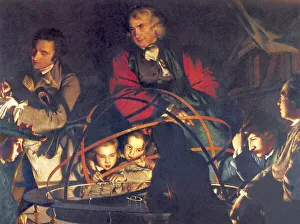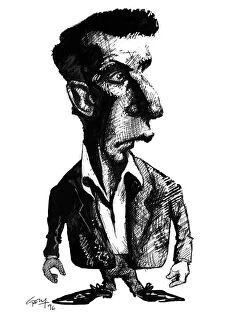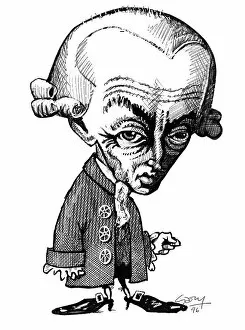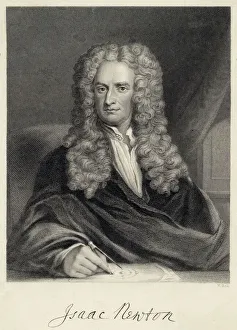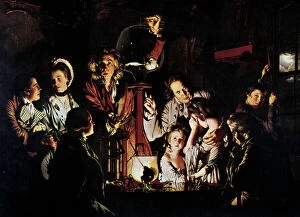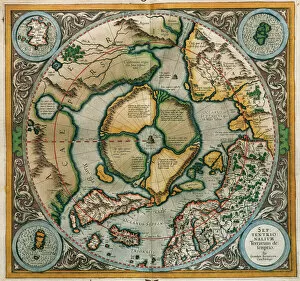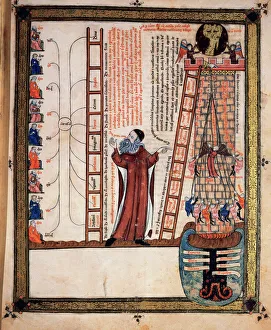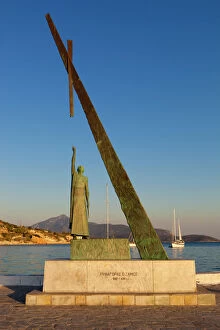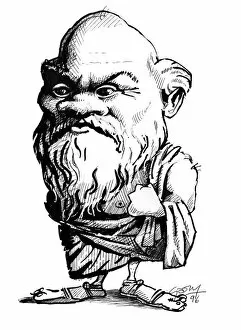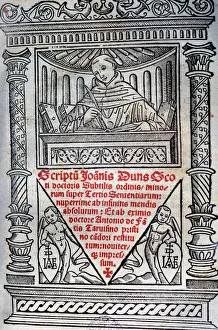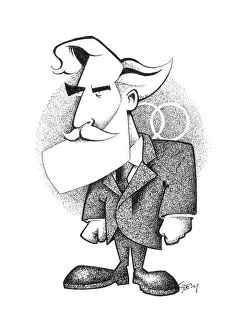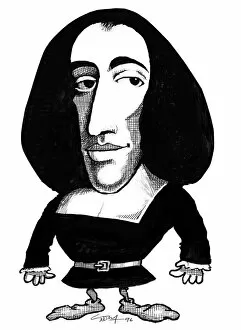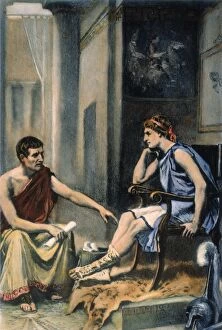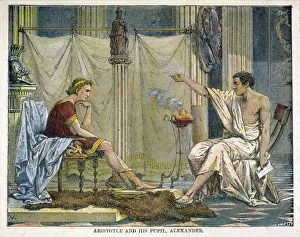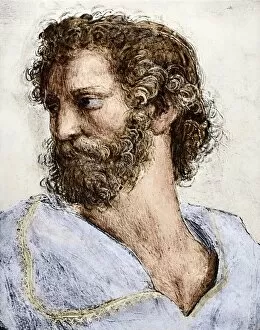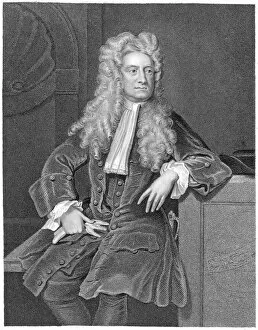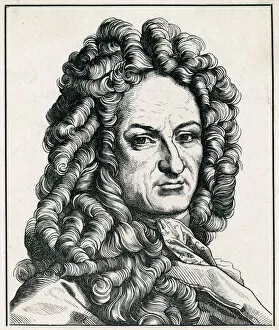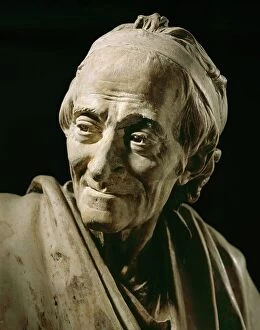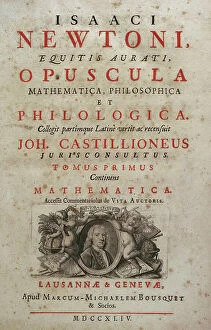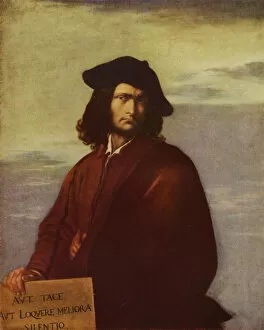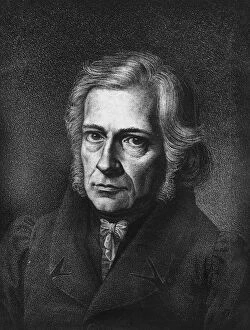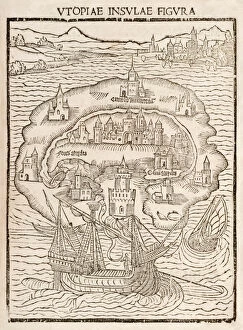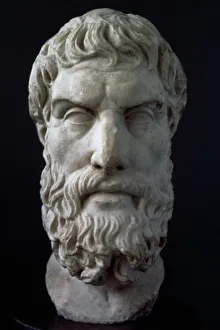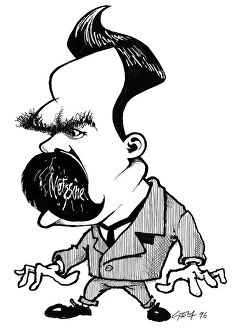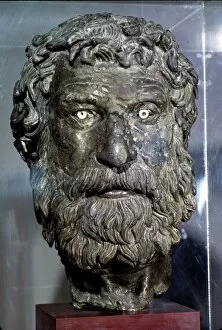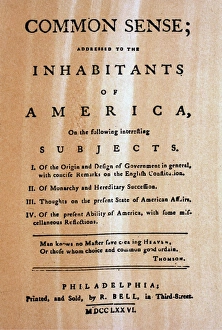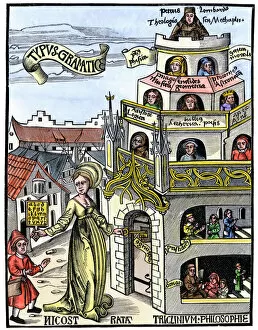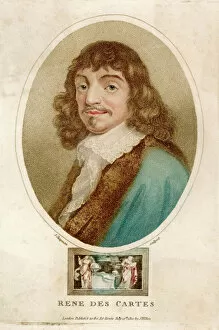Philosophy Collection
"Exploring the Depths of Thought: Unveiling the Essence of Philosophy" In Joseph Wright's captivating masterpiece, "The Orrery
All Professionally Made to Order for Quick Shipping
"Exploring the Depths of Thought: Unveiling the Essence of Philosophy" In Joseph Wright's captivating masterpiece, "The Orrery, " we witness a profound representation of philosophy's essence. Just as the celestial bodies revolve around the sun, so too does philosophy orbit around our quest for knowledge and understanding. Ludwig Wittgenstein, depicted in a caricature, stands as a towering figure in philosophical discourse. His words echo through time, challenging us to question language and its limits. In his pursuit of clarity, he unraveled intricate webs woven by human communication. "The Airpump, " another work by Joseph Wright, captures an intimate moment where science meets philosophy. As air is extracted from the chamber, it symbolizes our relentless curiosity to uncover truth and unravel mysteries that lie beyond our immediate perception. Jean-Paul Sartre emerges as a prominent French writer and philosopher who delved into existentialism—a school of thought that explores individual freedom and responsibility. Through his works like "Being and Nothingness, " he invites us to confront life's absurdities with courage and authenticity. "Iris Murdoch, " an influential philosopher herself, emphasized moral integrity amidst chaos. Her writings remind us that true happiness lies not in self-indulgence but rather in transcending egoistic desires through love and compassion for others. David Hume's caricature reminds us of his skepticism towards reason itself—urging us to critically examine our beliefs before accepting them blindly. He challenged traditional notions about causality while advocating for empirical evidence as the foundation for knowledge acquisition. Helena Blavatsky founded Theosophy—an esoteric belief system blending Eastern mysticism with Western philosophies—in her quest to unveil hidden truths about existence beyond conventional boundaries. Karl Marx's portrait serves as a reminder of his revolutionary ideas on social justice and class struggle—the foundations upon which Marxism was built—a philosophy striving for equality among all individuals within society.

